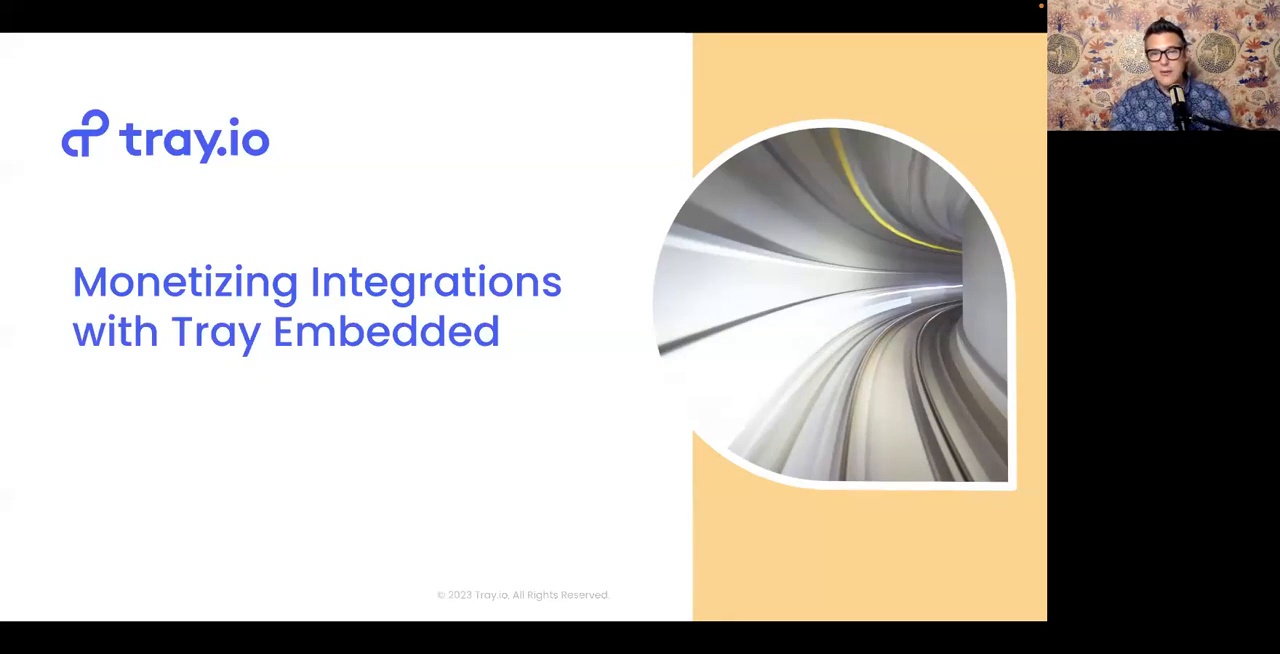- Build
- Code
- Chat
- Process automation
- Data integration
- API management
- Agile connectivity
- Integration marketplaces
- Merlin Intelligence
- Merlin Agent Builder
- Enterprise Core
- Plans
- Connectors
- Information technology
- Revenue operations
- Product and engineering
- Finance
- IT Onboarding
- Lead lifecycle
- Embedded integrations
- Order-to-cash
- E-commerce
- Salesforce
- Slack
- NetSuite
- Snowflake
- JIRA
- Zendesk
- Hubspot
- OpenAI
- Customer stories
- Events and webinars
- Blog
- Tray Academy
- Community
- Tray Advantage
- Documentation
- Find an expert
- Templates
- Developer portal
- Company
- Get in touch
From cost center to profit center: Monetizing integrations
Learn how modern SaaS teams turn customer integrations into revenue by offering premium features, reducing churn, and boosting win rates.

Overview
Customer demand for SaaS integrations is higher than ever—but integrations don't have to be a cost burden. Learn how companies are modernizing their integration strategies to drive new revenue, increase customer retention, and win more deals. See real examples of monetization models, bundling strategies, and flexible delivery methods using embedded integration platforms.
What you’ll learn
Direct monetization strategies for customer-facing integrations
Indirect revenue gains from improved retention and sales win rates
How to scale integration delivery with flexible embedded platforms
Lessons learned from real-world monetization success stories
Session chapters
Why SaaS integration demand is rising
Moving integrations from cost center to profit center
Direct and indirect monetization strategies
Scaling integration delivery with embedded platforms
Success stories: monetizing integrations with Tray
How to prioritize integrations and manage costs
Let's explore what's possible, together.
Contact usMore like this
Escape the legacy integration trap: Why IT needs to move to low-code platforms
Learn how modern low-code platforms help IT teams deliver faster, reduce technical debt, and simplify integration governance.
An in-depth look at Merlin AI
See how Tray’s Merlin AI helps teams build faster, smarter workflows—using natural language and a flexible architecture designed for enterprise scale.
Strategies to transform your integration initiatives using AI
See how teams are embedding AI into integration projects to speed up delivery, boost flexibility, and bring automation to business users.